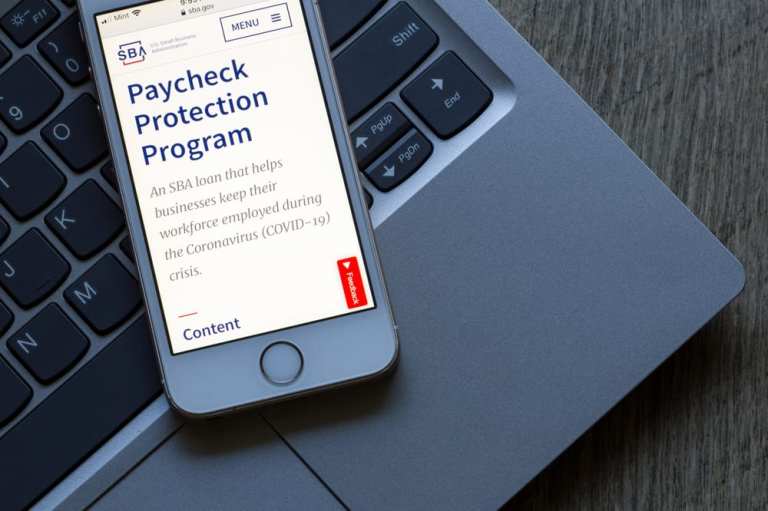
Though traditional financial institutions have faced a surge in market pressure to digitize as new FinTech competitors emerge, there are still plenty of areas in which banks hold the upper hand, commercial lending included.
Beyond the fact that many institutions are decades — or even centuries — old, with long-lasting customer relationships and brand awareness, traditional financial institutions also hold key data on their business customers that is vital to their underwriting and decision making.
According to Elena Ionenko, co-founder and chief operating officer of loan Software-as-a-Service provider TurnKey Lender, this is one area in which banks have a leg up on their FinTech rivals.
“Even today, FinTechs and non-bank lenders who offer different business loans online, in many cases, still process applications and make decisions manually,” she told PYMNTS in a recent interview. “In order to digitize the loan origination process for commercial lending, you need to build specific credit scoring models, which can only be built if you have data.”
With corporate customers large and small now demanding speed and efficiency throughout the loan lifecycle — from online application, to decisioning, through to actually receiving funds and repaying the loan — the opportunities that traditional financial institutions (FIs) have to automate and accelerate digital commercial lending workflows is vast thanks to that valuable data.
However, as Ionenko explained, recent evolutions in the business lending landscape have once again introduced pressure on banks to up their game.
A PPP Catastrophe
Last year’s Paycheck Protection Program (PPP) initiative offered small and medium-sized businesses (SMBs) a desperately-needed financial lifeline. But an overwhelming surge in demand painfully exposed traditional banks’ biggest shortcomings in business lending.
Confusion around which forms were required for banks to receive an application, processing hiccups, misinformation and allegations that financial institutions favored existing customers over new SMB applicants all raised doubts over traditional FIs’ ability to operate as agile, digital-first lenders in today’s economy.
FinTechs, on the other hand, built on a digital-first foundation, found their footing amid the PPP deluge.
“In many cases, this program was very efficiently handled by FinTechs and online lenders who already had everything in place to analyze the application forms and make decisions much quicker than banks,” said Ionenko.
Due to the framework of the PPP initiative, there were relatively loose requirements that small businesses had to meet in order to qualify for funding, meaning FinTechs that lacked troves of data on business customers could still easily underwrite and process PPP loans.
Amid another round of government aid for small businesses, however, traditional financial institutions are better positioned to address demand. Lenders may not be expecting the kind of dramatic race for financing that the market saw in 2020, while legacy banks have also had the opportunity to upgrade back-office infrastructure and address the pain points exposed as a result of mishaps in the first round of PPP funding.
The environment created an even greater opportunity for banks to drive value by turning to third-party technology and Software-as-a-Service vendors, which, as Ionenko explained, can help FIs digitize and automate without forcing them to sacrifice control over risk exposure and credit policies.
Embedded Finance Shifts The Competition
Traditional financial institutions continue to take a page out of FinTechs’ book to prioritize automation and digitization in their lending operations, but the PPP initiative proved that banks still have a long way to go.
Increasingly, FIs are embracing FinTech partnerships, integrations and acquisitions to fast-track their loan modernization efforts. As that push intensifies, there are other emerging shifts in the commercial lending space that could further challenge banks’ competitive position.
One of the most prominent, said Ionenko, is the rise of embedded finance, particularly in the B2B economy, in which manufacturers are integrating their own financing services to their business customers in order to offer an end-to-end, holistic experience for the buyer.
“They bring this technology in-house to offer better financing terms to their customers, to make payment collection easier, and to just built a better relationship with customers,” she said. “They don’t want to send customers somewhere else for financing.”
As this market trend percolates, banks will continue to explore opportunities to develop more attractive commercial lending experiences. The landscape is vast, and as financial institutions implement the lessons learned from PPP financing missteps, they will be in a favorable position to broaden their digitization efforts into other areas of commercial finance as demand creeps up.
From trade finance, to invoice financing, to working capital loans, many businesses will be searching for supplemental funding when government aid isn’t enough, noted Ionenko. These are prime areas in which banks can dig deeper into digitization once they’ve mastered PPP automation.
“With this first step, they’ll gain confidence and understand how the technology works,” she said. “They’ll see how it can be built into their existing infrastructure. It’s a good first step toward broader digitization of their commercial lending operations.”